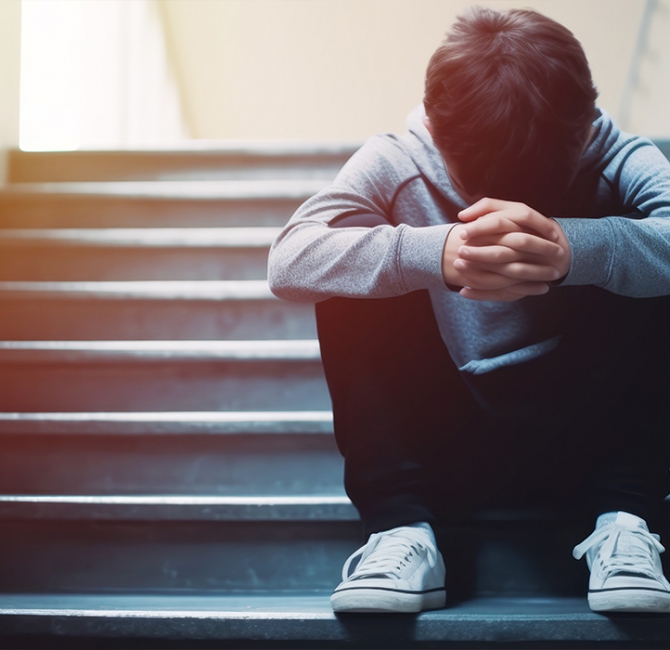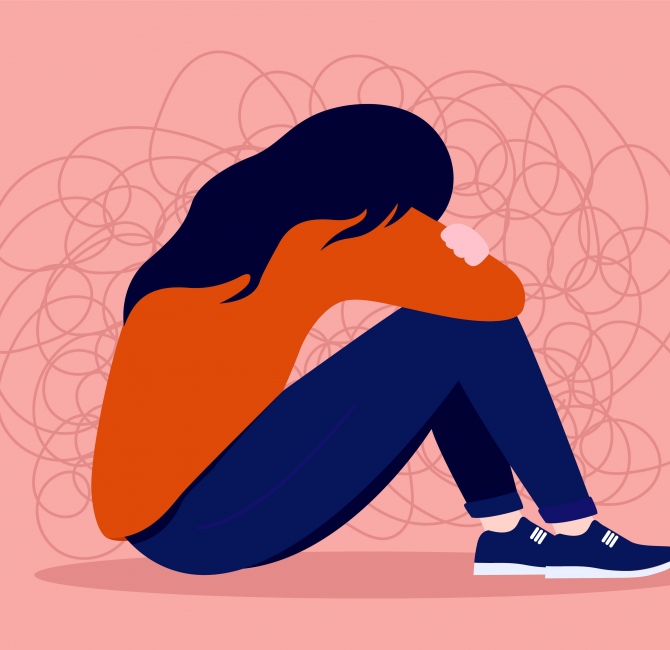Seasonal affective disorder (SAD) is a type of depression that occurs during the same season each year. Researchers think that SAD is caused by changes in the level of exposure to sunlight. Light therapy is the main treatment for SAD. Medications and psychotherapy may help reduce symptoms.
Signs & Symptoms
The list of signs and symptoms of SAD is the same as the list for major depression. However, with SAD, these signs and symptoms appear and disappear at about the same time each year.
The major symptom is a sad, despairing mood that:
- is present most days and lasts most of the day
- lasts for more than two weeks
- impairs the person’s performance at work, at school or in social relationships.
Other symptoms of depression include:
- changes in appetite and weight
- sleep problems
- loss of interest in work, hobbies, people or sex
- withdrawal from family members and friends
- feeling useless, hopeless, excessively guilty, pessimistic or having low self-esteem
- agitation or feeling slowed down
- irritability
- fatigue
- trouble concentrating, remembering and making decisions
- crying easily or feeling like crying but not being able to
- thoughts of suicide (which should always be taken seriously)
- a loss of touch with reality, hearing voices (hallucinations) or having strange ideas (delusions).
Causes & Risk Factors
SAD appears to be triggered by changes in the amount of sunlight. Researchers have several theories about how this happens. Changes in light may:
- upset a person’s biological clock, which controls sleep-wake patterns
- disturb neurotransmitter (e.g., serotonin, dopamine) functions.
Risk factors for developing SAD:
- Women are more likely than men to be diagnosed with SAD.
- SAD is more common in people who live either far north or far south of the equator.
- Young people are more likely to develop SAD. The risk decreases with age.
- A family history of SAD or other forms of depression increases risk.
Diagnosis & Treatment
Light therapy: Many people who have SAD are helped by exposure to bright artificial light (light therapy). Various types of light devices are available and can be used at home.
Side-effects of light therapy are usually mild. They include:
- nausea
- headaches
- eye strain.
Other treatments: Other treatments for depression including pharmacotherapy (medications); psychoeducation; psychotherapy; and brain intervention therapies, such as electroconvulsive therapy (ECT), repetitive transcranial magnetic stimulation (rTMS) and magnetic seizure therapy (MST), are also effective for people with SAD. These treatments may be used individually or in combination.
Increasing exercise and spending more time outdoors may also help to reduce symptoms.



